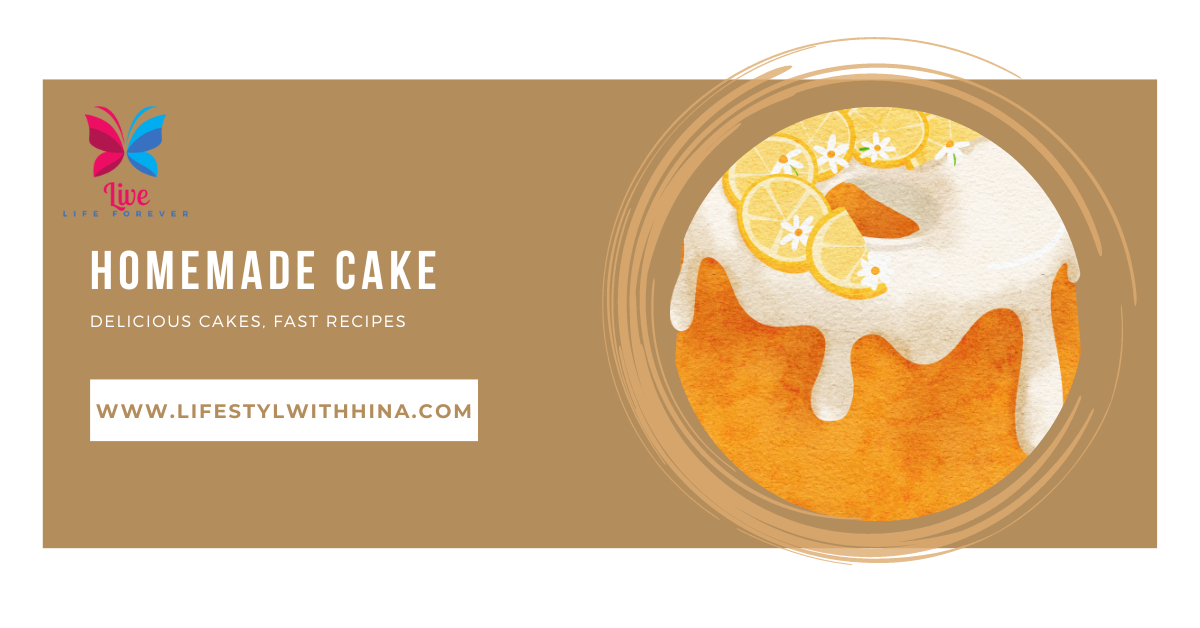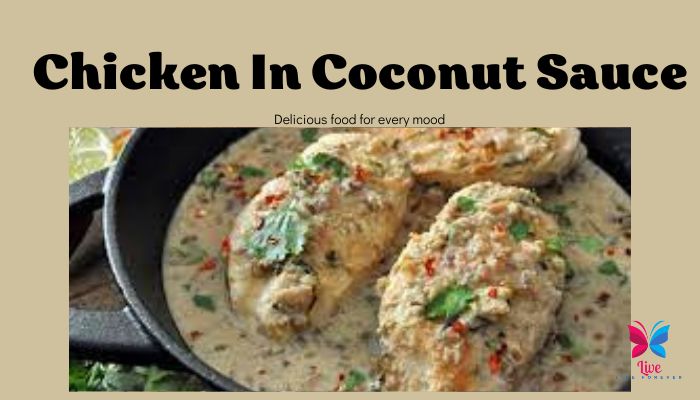Mastering the Art of Homemade Cake

Baking Bliss Unveiled
A Perfectly Soft and Moist Homemade Cake
In the realm of culinary delights, few things bring as much joy as a well-baked cake. The aroma that wafts through the kitchen, the anticipation of that first sweet bite, and the happiness it brings to our taste buds—cakes have a way of turning ordinary moments into extraordinary ones.
In this article, we’re about to embark on a delectable journey through the creation of a perfectly soft and moist cake. Whether you’re a baking enthusiast looking to hone your skills or a novice eager to try your hand at baking, this recipe promises to be your guide to cake-making success. With a handful of common ingredients and some simple steps, you’ll be able to craft a cake that’s not only incredibly delicious but also sure to impress.
So, grab your apron, preheat your oven, and get ready to indulge in the art of baking. Join us as we uncover the secrets to making a cake that’s bound to be the centerpiece of any occasion and a treat to remember.
A Slice of History: The Rich Heritage of Homemade Cakes
Homemade cakes have a history as rich and diverse as the flavors and varieties themselves. The tradition of baking sweet, indulgent creations at home dates back centuries, with each culture and era contributing to the evolution of this beloved dessert.
Ancient Origins: The Birth of Baking
The origins of cake baking can be traced to ancient civilizations, where rudimentary cakes were made by combining ingredients like honey, nuts, and dried fruits. These early cakes were more akin to dense, sweet bread than the light and fluffy confections we enjoy today. Ancient Egyptians are credited with some of the earliest recorded recipes for cakes, often using ingredients such as dates and pomegranate seeds.
Medieval Europe: A Flourishing Tradition
Throughout the Middle Ages, cake recipes began to resemble what we now consider “cakes.” Ingredients like butter, sugar, and eggs became more accessible, giving rise to a variety of cake types. Fruitcakes, honey cakes, and gingerbread were staples of medieval Europe, often served on special occasions and holidays.
The Renaissance and Beyond: Refinement and Elegance
As Europe entered the Renaissance, cake baking underwent a transformation. The use of refined sugar became more prevalent, and new cake varieties emerged. By the 17th century, English and French bakers were creating intricate fruitcakes and pound cakes, setting the stage for the layered and frosted cakes that would become iconic.
The 19th Century: Cakes for All Occasions
The 19th century witnessed the popularization of cakes for various celebrations. With the advent of baking powder in the mid-1800s, cakes became lighter and more accessible for everyday bakers. Queen Victoria’s wedding cake, which featured white icing and edible decorations, set a trend for elegant, tiered wedding cakes that continues to this day.
The 20th Century: Convenience and Innovation
The 20th century brought significant innovations to the world of cake baking. Pre-packaged cake mixes, first introduced in the 1930s, made cake baking more convenient and accessible to home bakers. Cake design and decorating also evolved, with creative and intricate designs becoming the norm for birthdays, weddings, and special occasions.
Today: A World of Flavor and Creativity
In the 21st century, homemade cakes have embraced an astonishing variety of flavors, textures, and designs. Bakers worldwide draw inspiration from their cultural backgrounds and personal tastes, resulting in a global tapestry of cake traditions.
Homemade cakes remain a cherished tradition in households across the globe, symbolizing love, celebration, and creativity. The journey from humble beginnings to today’s culinary artistry is a testament to the enduring appeal of homemade cakes. So, as we bake our own delectable creations in the modern kitchen, we are also honoring a centuries-old tradition that brings joy and togetherness one slice at a time.
Ingredients For Homemade Cake :
- 3 cup all purpose flour
- 4 egg
- 2 teaspoon baking soda
- 2 teaspoon vanilla essence
- 1 1/2 cup powdered sugar
- 1 cup butter
- 1 cup milk
Direction:
- In a mixing bowl, beat together the butter and powdered sugar until well combined and creamy. Then, add the eggs and continue to beat. Keep beating until the mixture turns light and creamy.
- In a separate bowl, sift the all-purpose flour and baking soda together. This step ensures even distribution of the baking soda in the flour. Gradually add this dry mixture to the creamy egg mixture. If the batter seems too thick, add a small amount of milk and continue to mix until the batter becomes fluffy and soft.
- Stir in the vanilla essence, making sure it’s well incorporated into the batter.
- Preheat your oven to 180 degrees Celsius (350 degrees Fahrenheit). Grease a baking pan generously with butter or a light dusting of flour to prevent the cake from sticking. You can also line the pan with parchment paper for added assurance.
- Pour the prepared cake batter into the greased baking pan and place it in the preheated oven. Bake for approximately 40 minutes or until the cake is fully cooked. You can test for doneness by inserting a toothpick into the center of the cake; it should come out clean when the cake is ready.
Conclusion:
With this simple and delightful recipe, you can create a soft and moist cake that’s perfect for any occasion. Whether you’re a seasoned baker or a beginner, this recipe is sure to satisfy your sweet cravings. Enjoy your homemade cake with a cup of tea or coffee, or add your favorite frosting for an extra touch of deliciousness!






Hello! I simply would like to offer you a huge thumbs up for the great information you have right here on this post. I will be coming back to your blog for more soon.
thank u for ur kind words and support